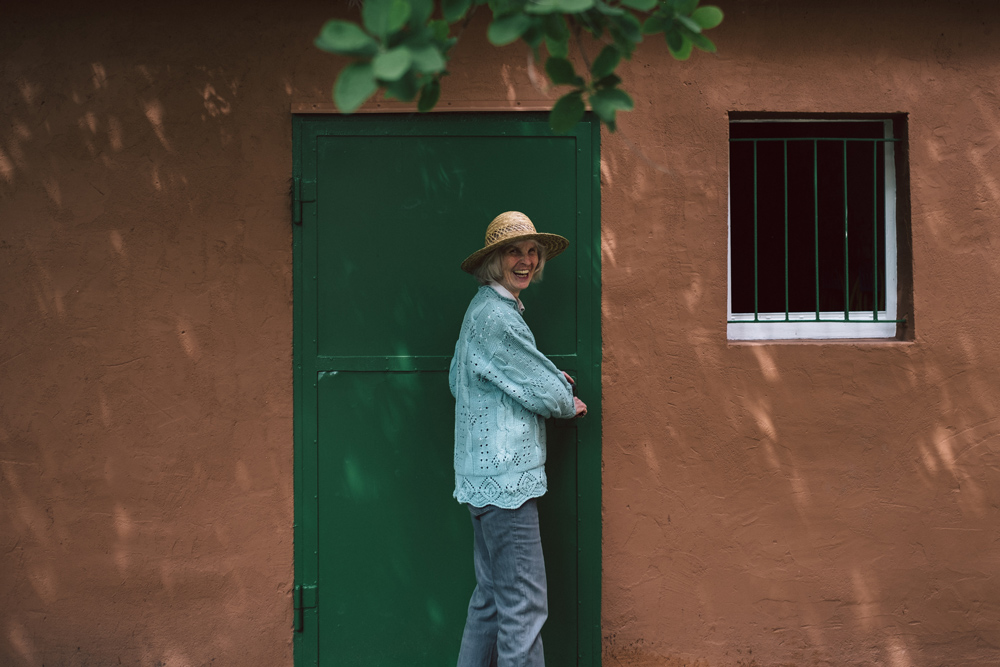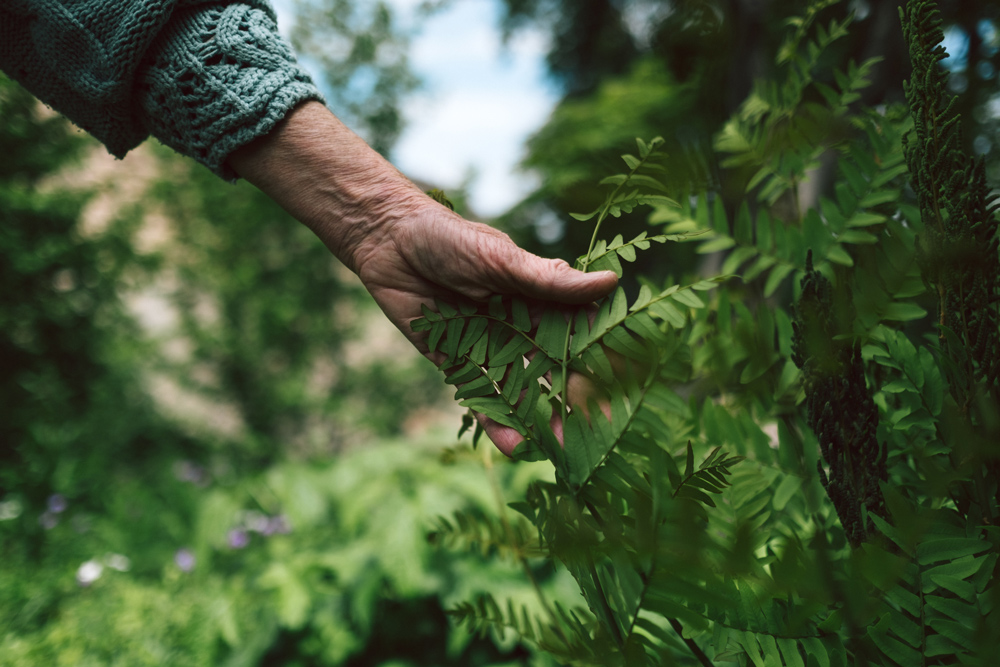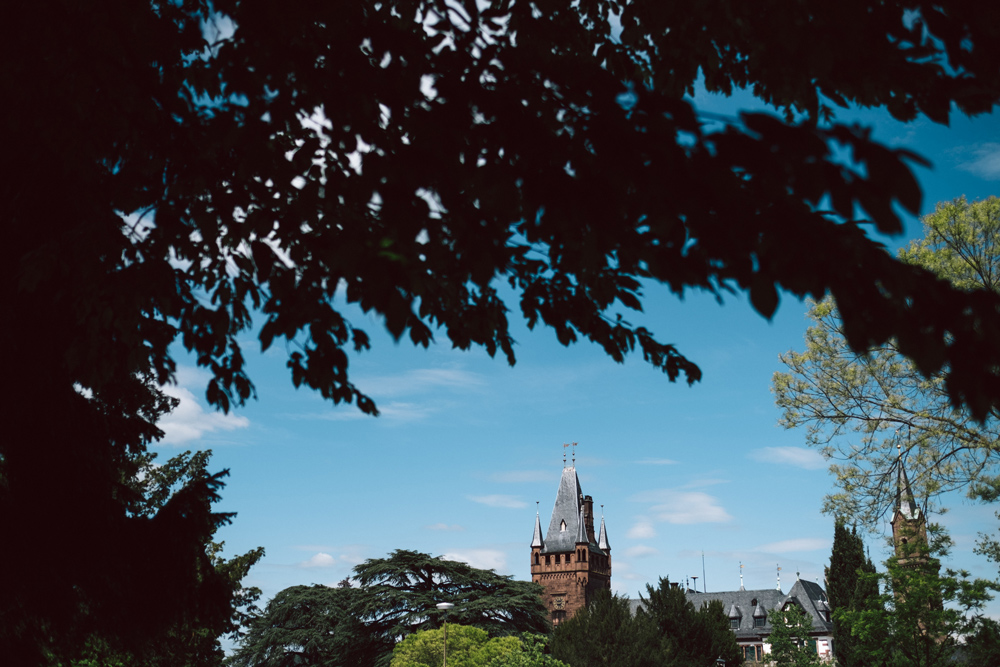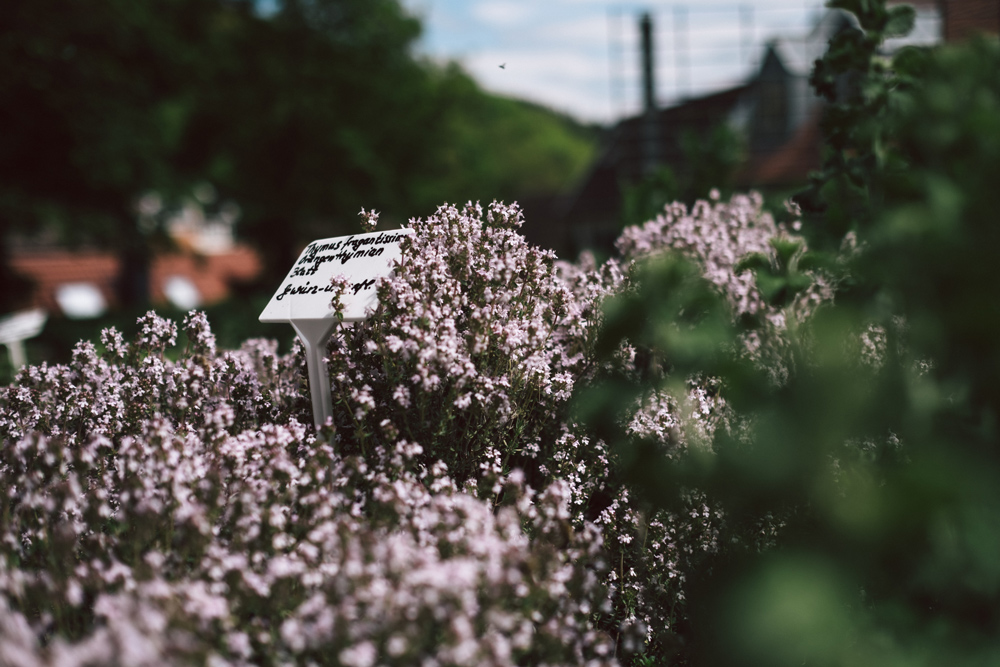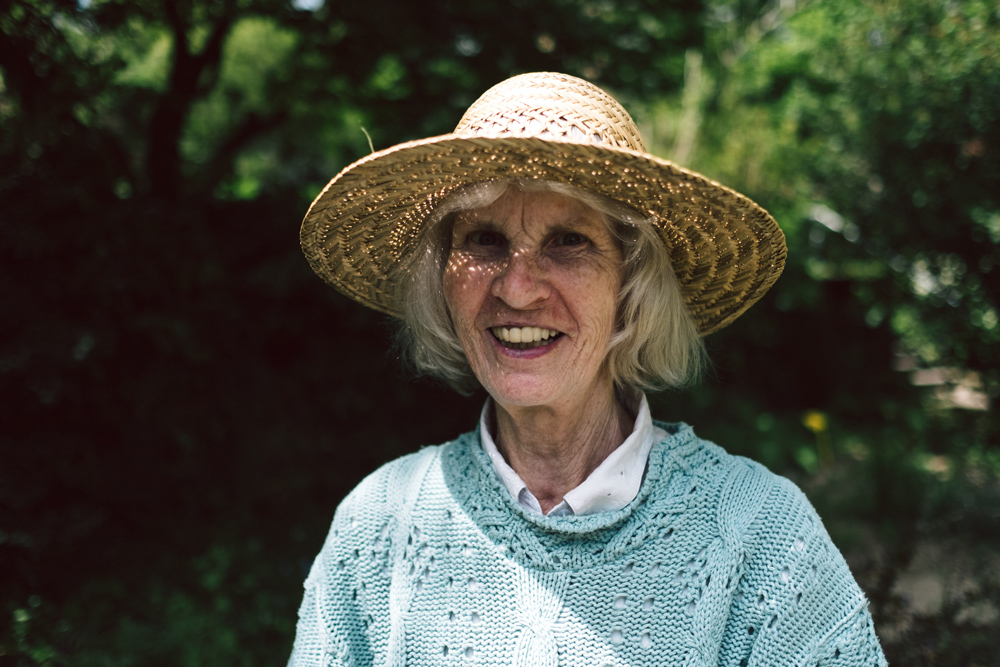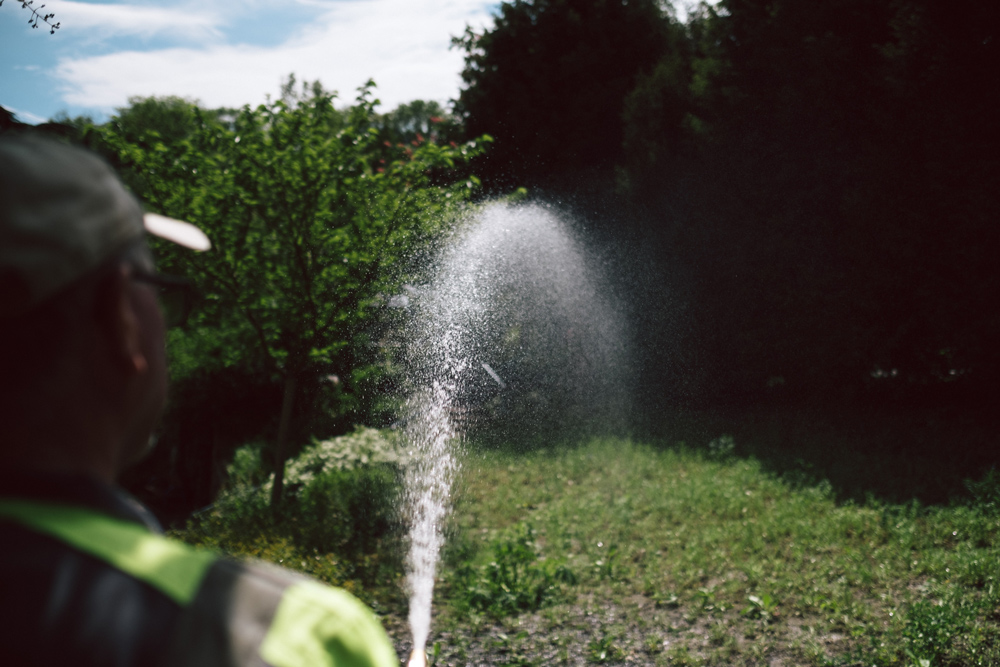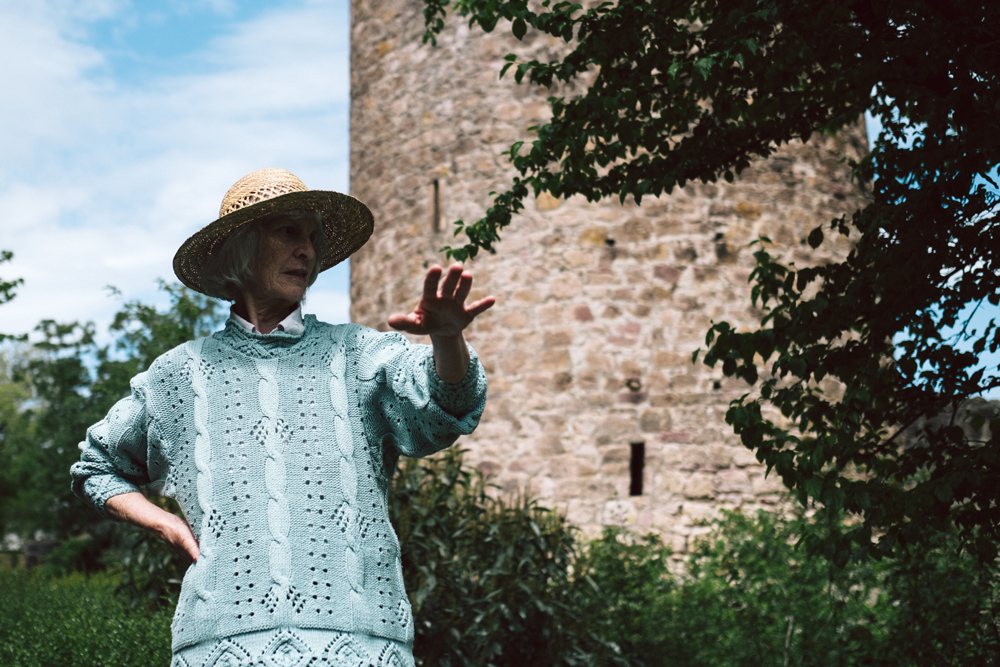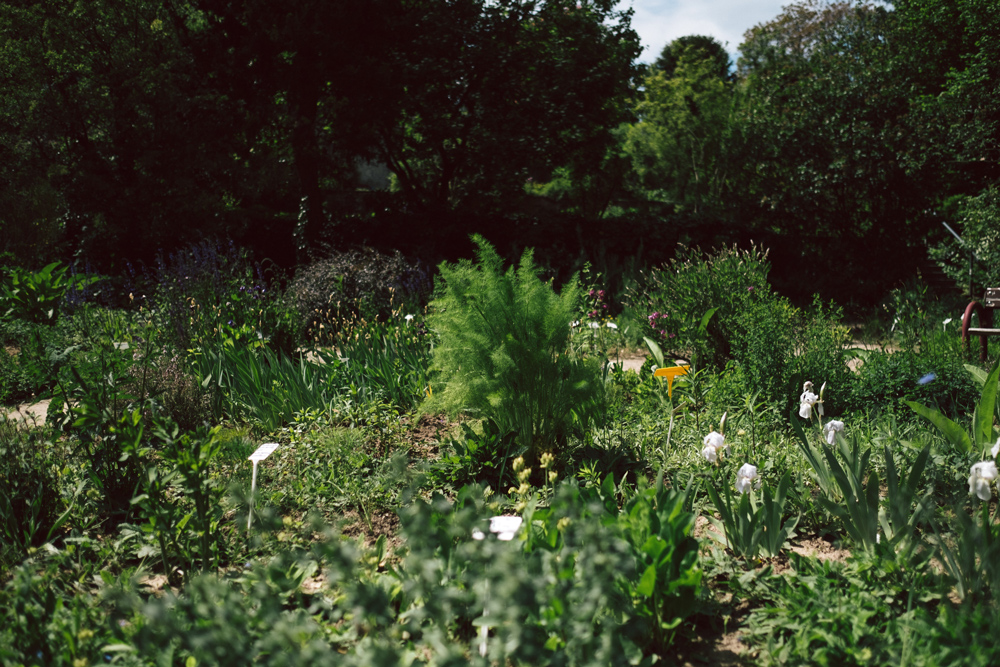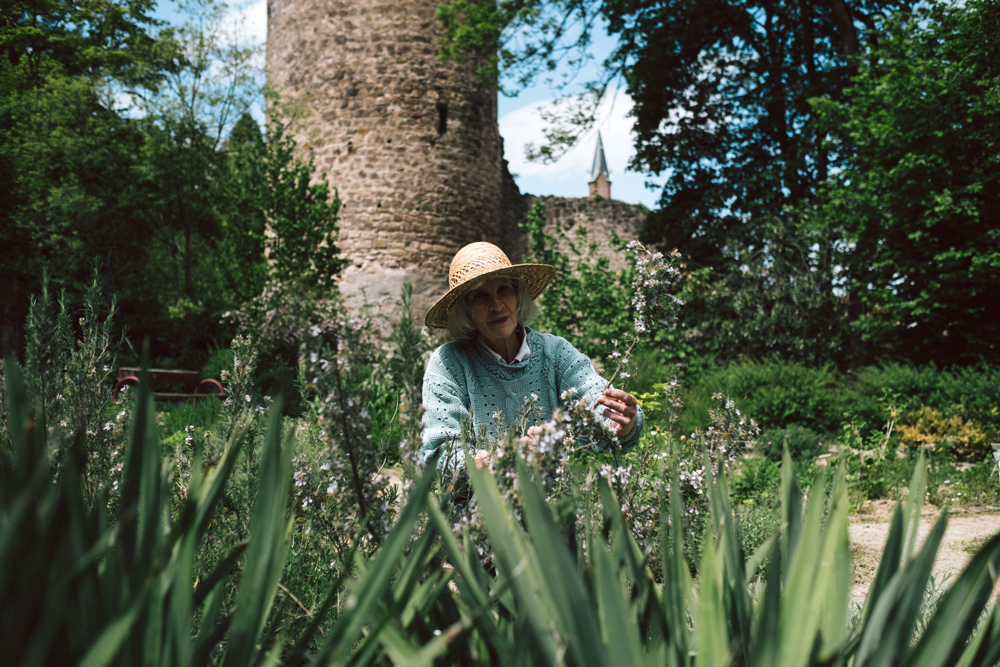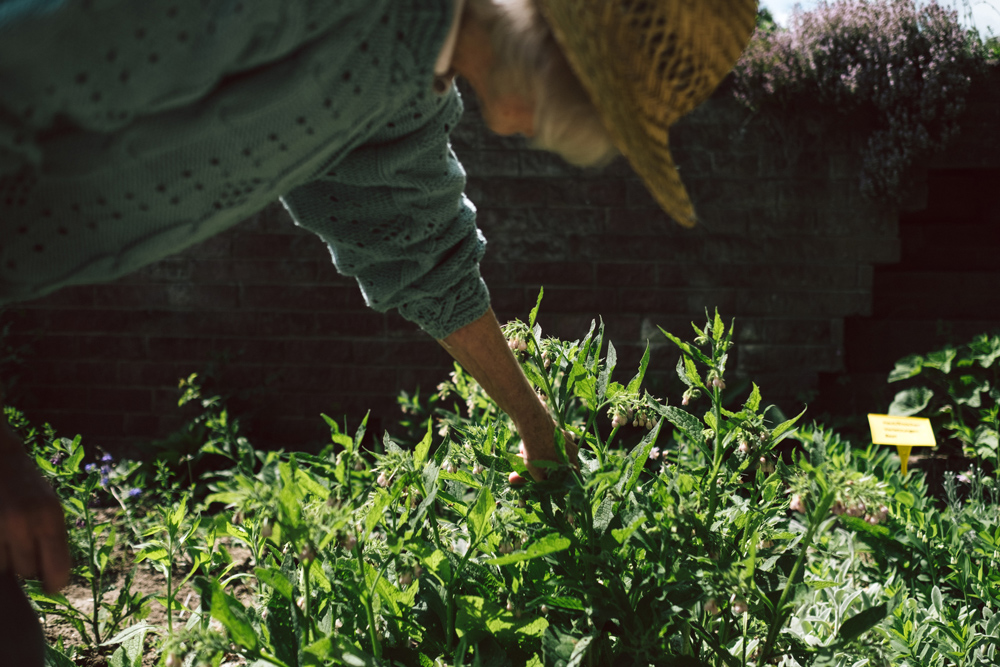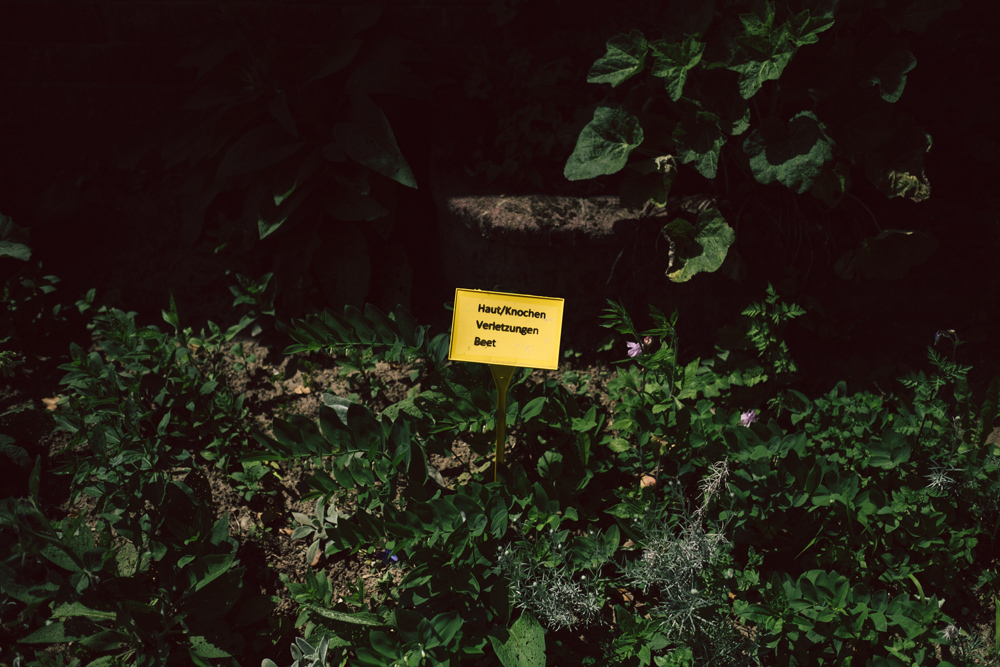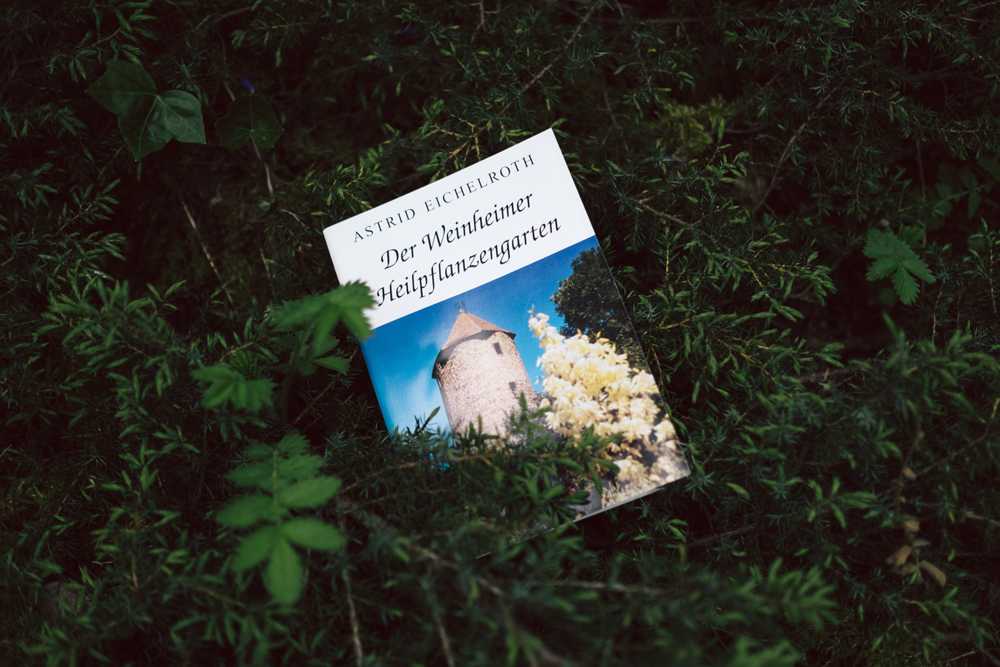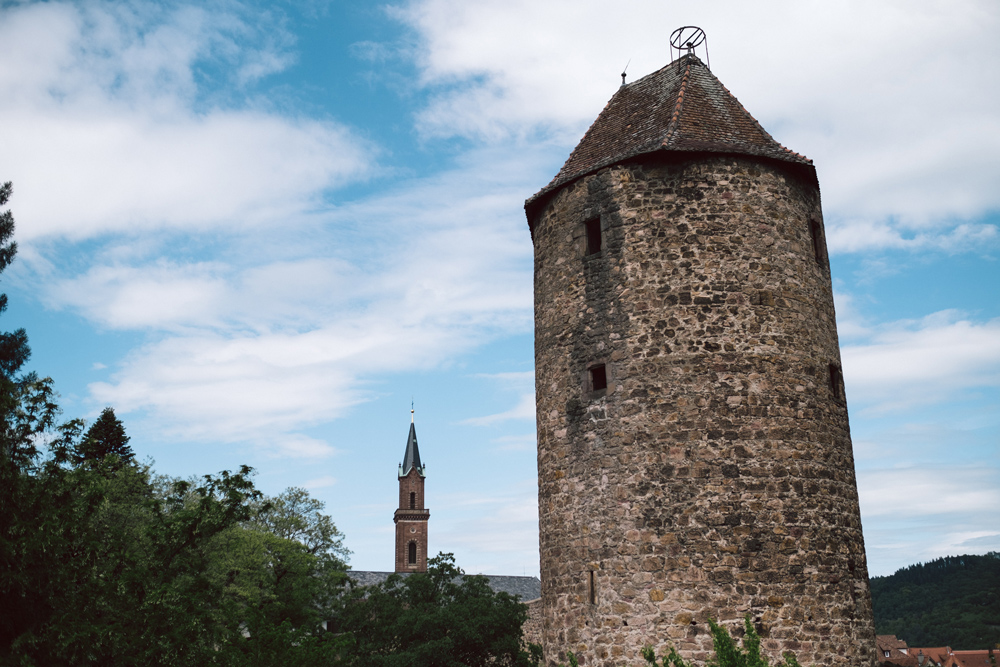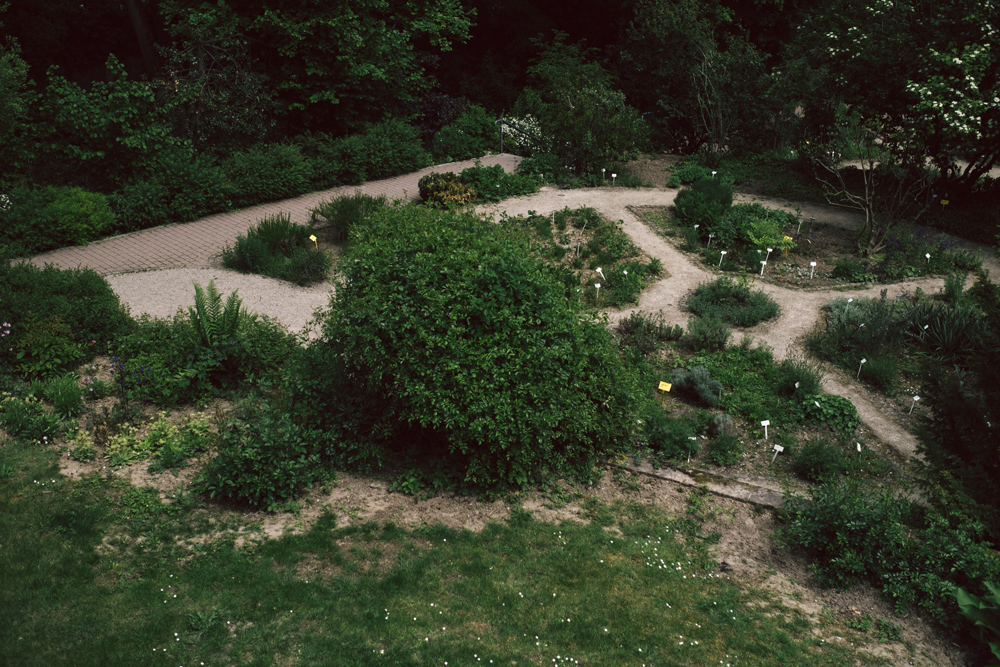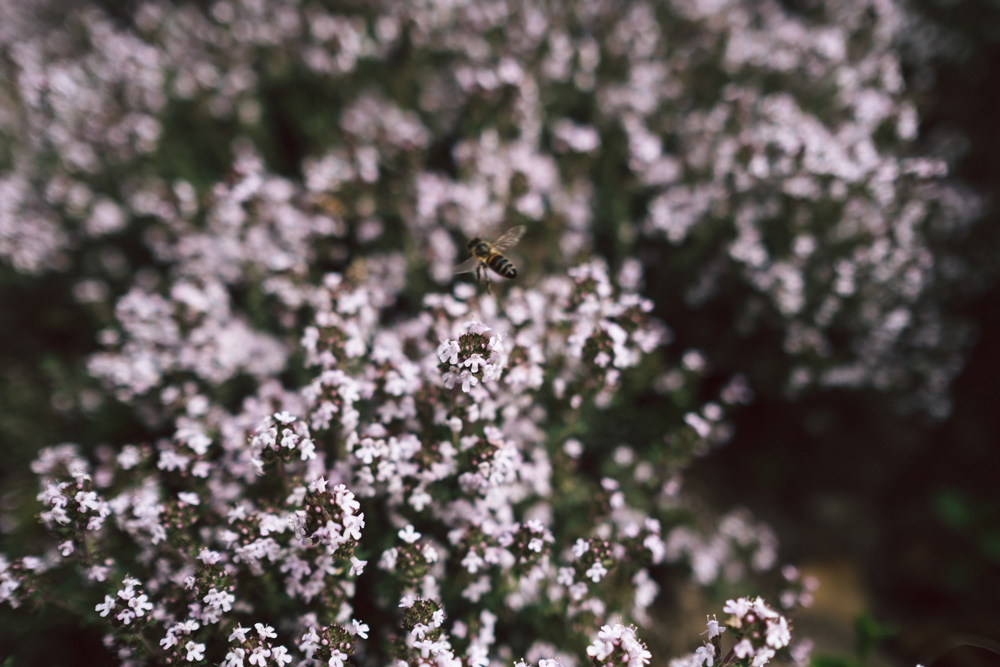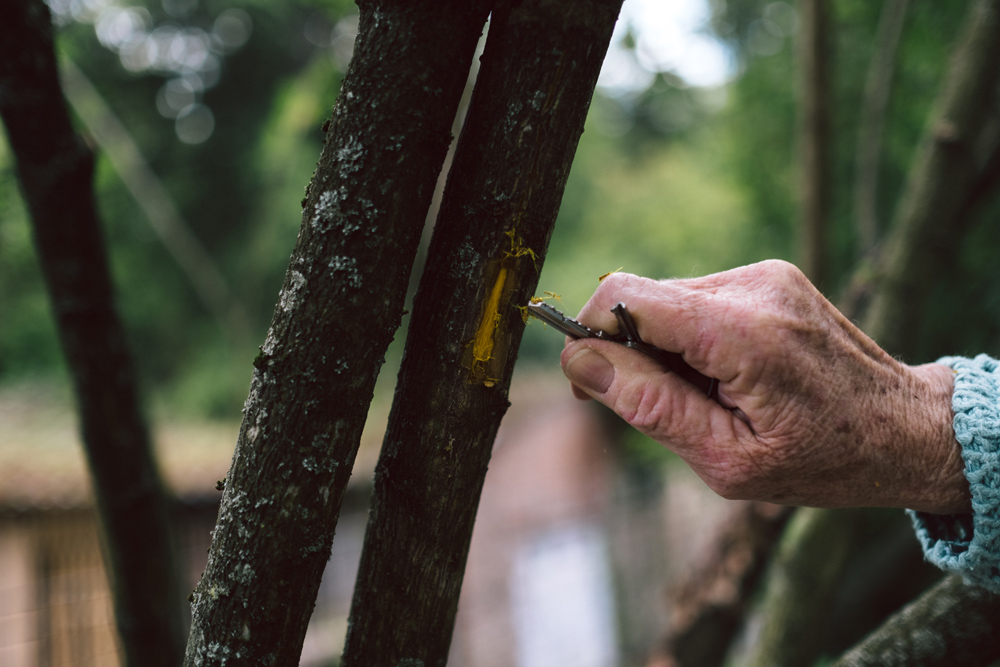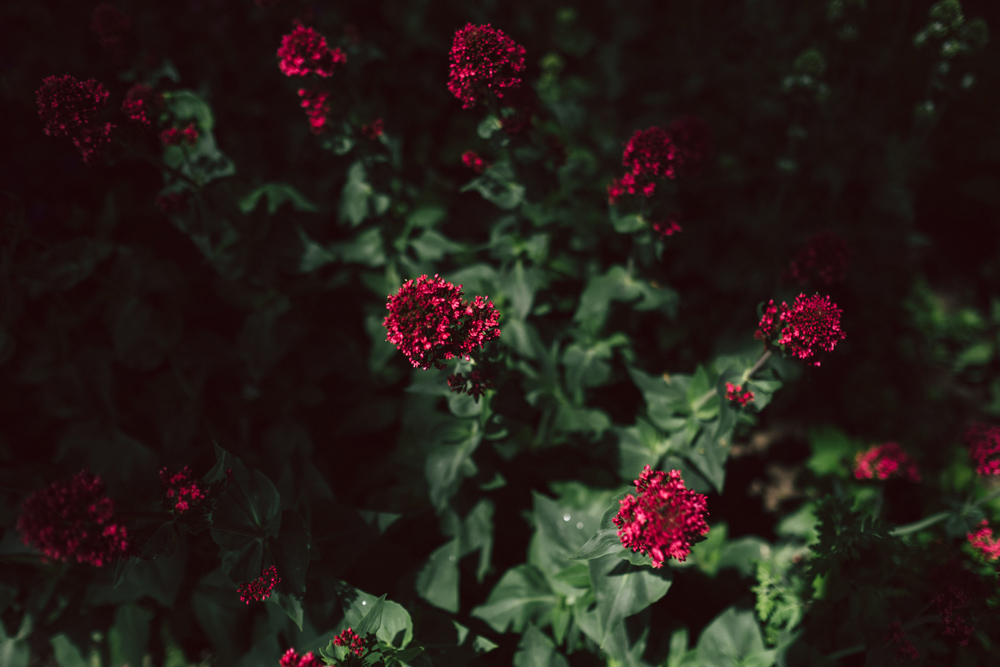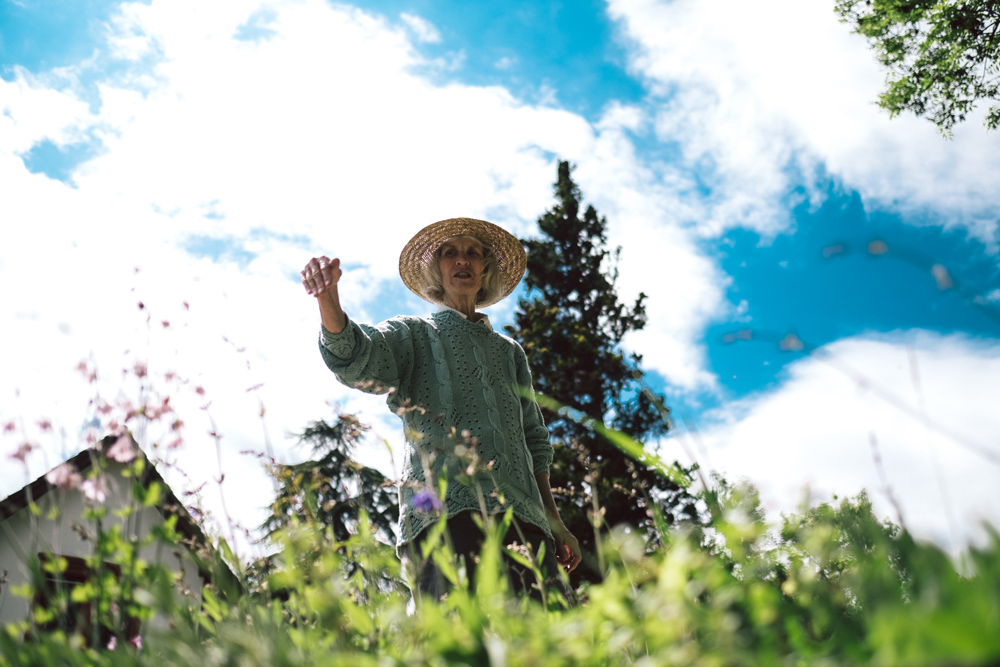Modern society has lost touch with the healing powers of the plant world, and Astrid Eichelroth has plans to change this. For 25 years she has been showing visitors of the Weinheim castles herb garden, her colorful and wonderfully scented library, containing centuries of medicinal products.
It may only be a few steps, but once you reach the bottom of the old stone stairs, it is like stepping into a whole new world. It is a peaceful place, full of color, scents and aromas, and the air buzzes with a dazzle of tiny creatures. In the background the lush green hillsides of the Forest of Odes ascend, while the old fortified tower, called “Blauer Hut” solemnly stands watch. “This garden is a healing environment”, says Astrid Eichelroth, as she takes in the scene. “You can almost feel the connection between us humans and the plants.”
It’s easy to spot this “herb fairy”, even without having ever met her before. She wears a large bright straw hat, her eyes alert and full of wisdom, her skin that of a woman, that has spent most of her life outdoors. Every few steps she pauses to softly graze some leaves, or to gently drag her fingers through the soil.
69-year-old Astrid Eichelroth is responsible for creating this green haven of naturopathy, in a formerly uncared-for corner of the herb garden. Where before mostly dogs would “do their business”, we now see hawthorn, lady’s mantle, viper’s bugloss, lavender, echinacea and balloon flower. A tireless volunteer, Eichelroth began work on the garden in 1995, and has developed and cultivated it ever since – merely supported by donations and a small team of helpers. “I’ve always felt a special connection with nature,” she says.
Today, the former Waldorf school teacher spends three to four hours daily, between the bushes and herbs, taking care of her little fosterlings. Regularly she will give visitors information and advice regarding the healing properties of certain plants. The inhabitants of the twin-castle town along the Bergstrasse are thankful for her expertise. “If I had a cellphone, it would probably never stop ringing!” she says and laughs.
